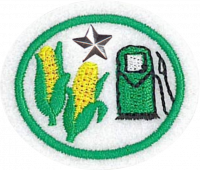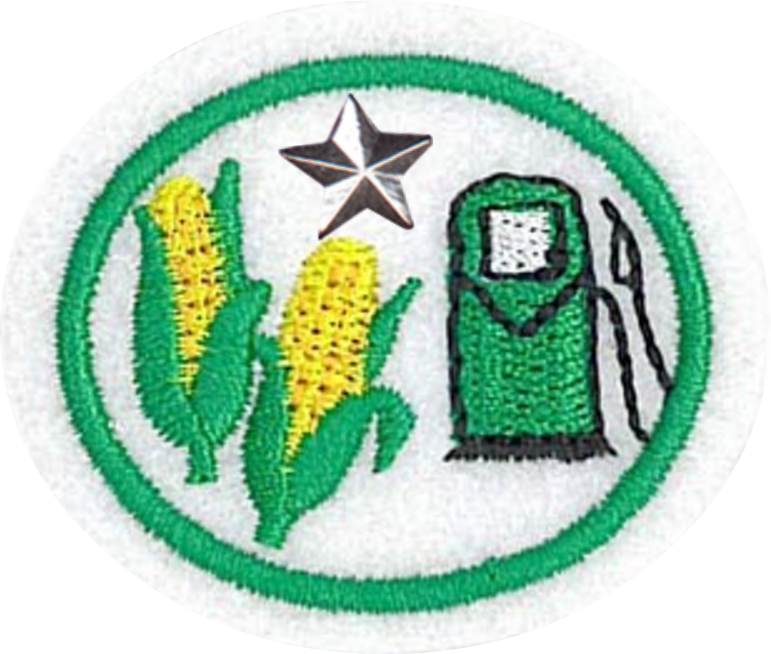Difference between revisions of "AY Honors/Alternative Fuels - Advanced/Answer Key/es"
From Pathfinder Wiki
< AY Honors | Alternative Fuels - AdvancedAY Honors/Alternative Fuels - Advanced/Answer Key/es
(Created page with "{{clear}}") |
(Created page with "</noinclude> ==Referencias== Category:Adventist Youth Honors Answer Book/es <noinclude>") |
||
| Line 73: | Line 73: | ||
{{CloseReq}} <!-- 6c --> | {{CloseReq}} <!-- 6c --> | ||
{{ansreq|page={{#titleparts:{{PAGENAME}}|2|1}}|num=6d}} <!--T:18--> | {{ansreq|page={{#titleparts:{{PAGENAME}}|2|1}}|num=6d}} <!--T:18--> | ||
| − | <noinclude> | + | <noinclude></noinclude> |
| − | </noinclude | ||
| − | |||
| − | |||
| − | + | <noinclude></noinclude> | |
| − | <noinclude | ||
| − | |||
{{CloseReq}} <!-- 6d --> | {{CloseReq}} <!-- 6d --> | ||
{{CloseReq}} <!-- 6 --> | {{CloseReq}} <!-- 6 --> | ||
| Line 89: | Line 84: | ||
</div> | </div> | ||
| − | + | {{clear}} | |
| − | |||
| − | |||
| − | + | {{clear}} | |
| − | |||
| − | |||
| − | + | {{clear}} | |
| − | |||
| − | |||
| − | |||
| − | |||
| − | + | <noinclude></noinclude> | |
| − | <noinclude | ||
| − | |||
{{CloseReq}} <!-- 7 --> | {{CloseReq}} <!-- 7 --> | ||
{{ansreq|page={{#titleparts:{{PAGENAME}}|2|1}}|num=8}} | {{ansreq|page={{#titleparts:{{PAGENAME}}|2|1}}|num=8}} | ||
| Line 113: | Line 98: | ||
</div> | </div> | ||
| − | + | {{clear}} | |
| − | |||
| − | |||
| − | |||
| − | |||
| − | + | {{clear}} | |
| − | |||
| − | |||
| − | |||
| − | |||
| − | |||
| − | + | <noinclude></noinclude> | |
| − | <noinclude | ||
| − | |||
{{CloseReq}} <!-- 8 --> | {{CloseReq}} <!-- 8 --> | ||
{{ansreq|page={{#titleparts:{{PAGENAME}}|2|1}}|num=9}} | {{ansreq|page={{#titleparts:{{PAGENAME}}|2|1}}|num=9}} | ||
| Line 138: | Line 112: | ||
| − | + | {{clear}} | |
| − | |||
| − | |||
| − | + | <noinclude></noinclude> | |
| − | <noinclude | ||
| − | |||
{{CloseReq}} <!-- 9 --> | {{CloseReq}} <!-- 9 --> | ||
| − | <noinclude> | + | <noinclude></noinclude> |
| − | </noinclude> | + | ==Referencias== |
| − | == | + | [[Category:Adventist Youth Honors Answer Book/es]] |
| − | [[Category:Adventist Youth Honors Answer Book | + | <noinclude></noinclude> |
| − | <noinclude | ||
| − | |||
{{CloseHonorPage}} | {{CloseHonorPage}} | ||
Revision as of 04:51, 4 April 2021
Combustibles alternativos - Avanzado
Nivel de destreza
3
Año
2014
Version
05.05.2024
Autoridad de aprobación
Asociación General
1
Tener la especialidad de Combustibles alternativos.
Para consejos e instrucciones, véase Combustibles alternativos.
2
Describir el proceso de fracturación hidráulica.
3
Describir el proceso de excavación petrolera en mar abierto.
4
¿Cuáles son algunas de las preocupaciones de seguridad de excavación petrolera en mar abierto?
5
Dibujar un diagrama que explica cómo gas natural es extraído y procesado para ser utilizado.
6
Explicar cómo se puede utilizar gas natural para:
6a
Producir hidrógeno
6b
Generar energía
6c
Transporte
6d
Una fuente de energía
7
¿Gas natural se utiliza para hacer cuáles productos? Explicar el proceso en por lo menos dos de las respuestas.
8
¿Cómo se produce etanol?
9
Discutir en un grupo algunos de los efectos al entorno con respecto al uso de combustibles alternativos.
Referencias
Categories:
- Pages using DynamicPageList3 parser function
- AY Honors/Prerequisite/Alternative Fuels/es
- AY Honors/See Also/Alternative Fuels/es
- AY Honors/Do at home/es
- AY Honors/Covid Tips/es
- Adventist Youth Honors Answer Book/es
- Missing Localization/All/Alternative Fuels Advanced AY Honor.png/es
- Missing Localization/All/Conservation/en



